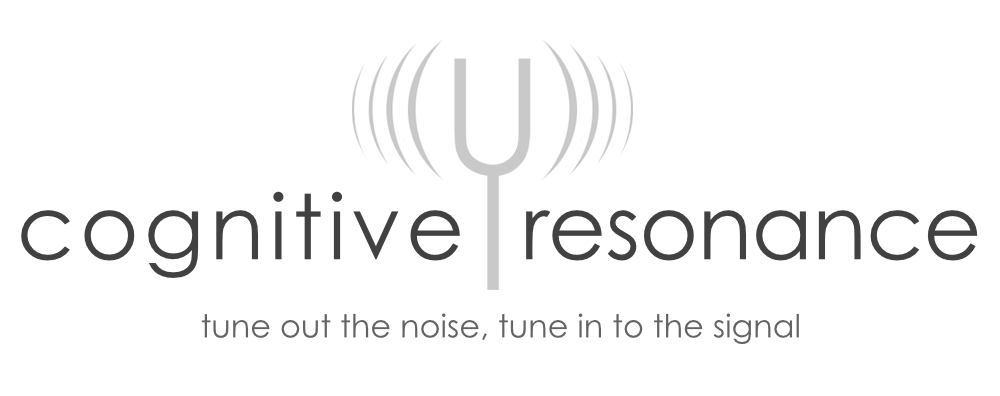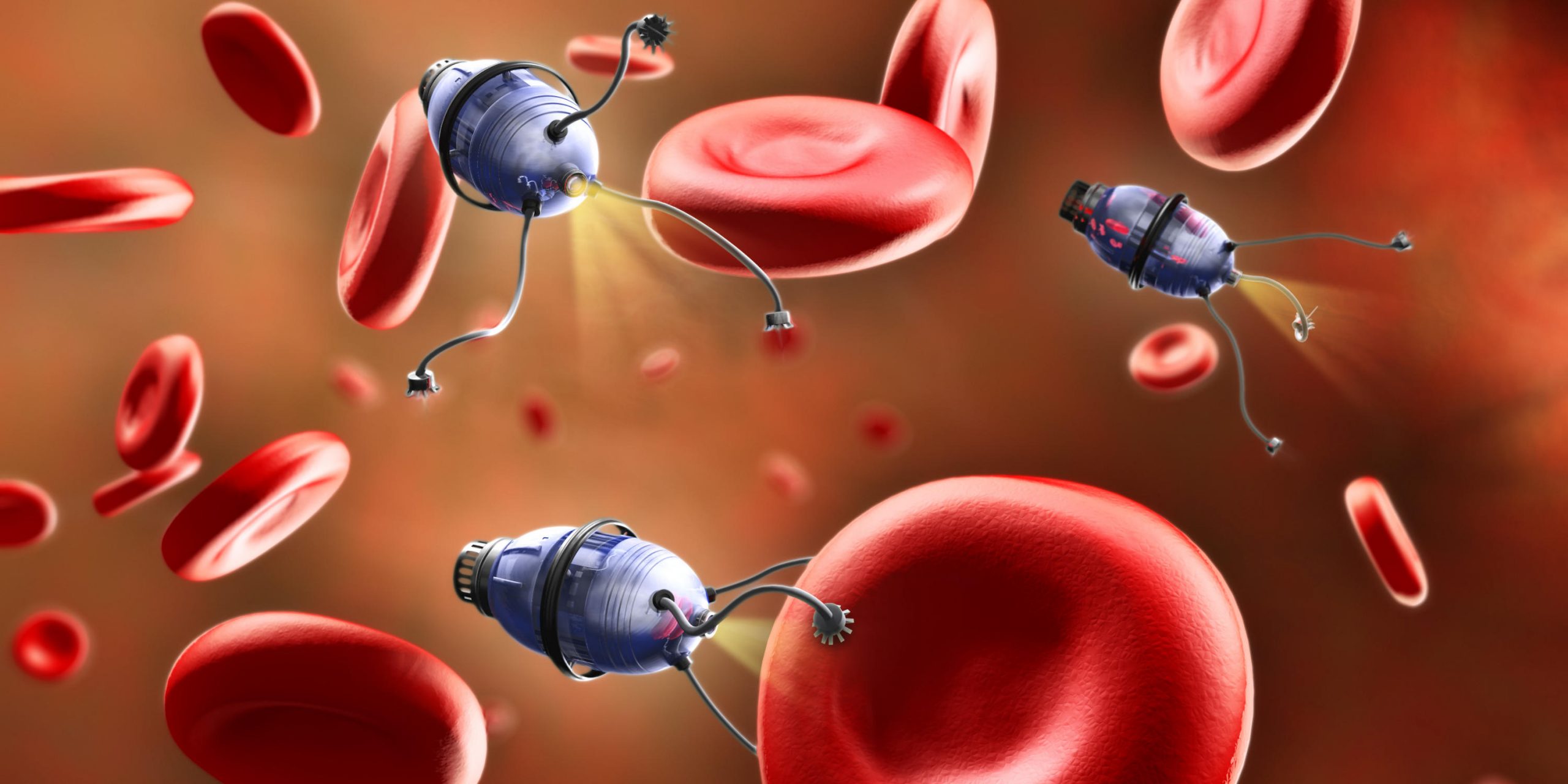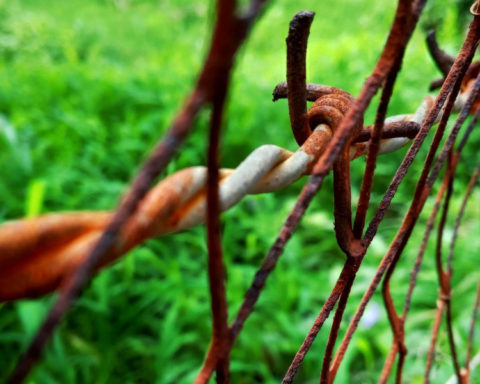Summary: Researchers report that they have built what they say is the world’s smallest single-chip system, consuming a total volume of less than 0.1 mm3. The system is as small as a dust mite and visible only under a microscope. In order to achieve this, the team used ultrasound to both power and communicate with the device wirelessly.
Widely used to monitor and map biological signals, to support and enhance physiological functions, and to treat diseases, implantable medical devices are transforming healthcare and improving the quality of life for millions of people. Researchers are increasingly interested in designing wireless, miniaturized implantable medical devices for in vivo and in situ physiological monitoring. These devices could be used to monitor physiological conditions, such as temperature, blood pressure, glucose, and respiration for both diagnostic and therapeutic procedures.
To date, conventional implanted electronics have been highly volume-inefficient — they generally require multiple chips, packaging, wires, and external transducers, and batteries are often needed for energy storage. A constant trend in electronics has been tighter integration of electronic components, often moving more and more functions onto the integrated circuit itself.
Researchers at Columbia Engineering report that they have built what they say is the world’s smallest single-chip system, consuming a total volume of less than 0.1 mm3. The system is as small as a dust mite and visible only under a microscope
Read the release on Science Daily
“We wanted to see how far we could push the limits on how small a functioning chip we could make. This is a new idea of ‘chip as system’ — this is a chip that alone, with nothing else, is a complete functioning electronic system.”
Ken Shepard







